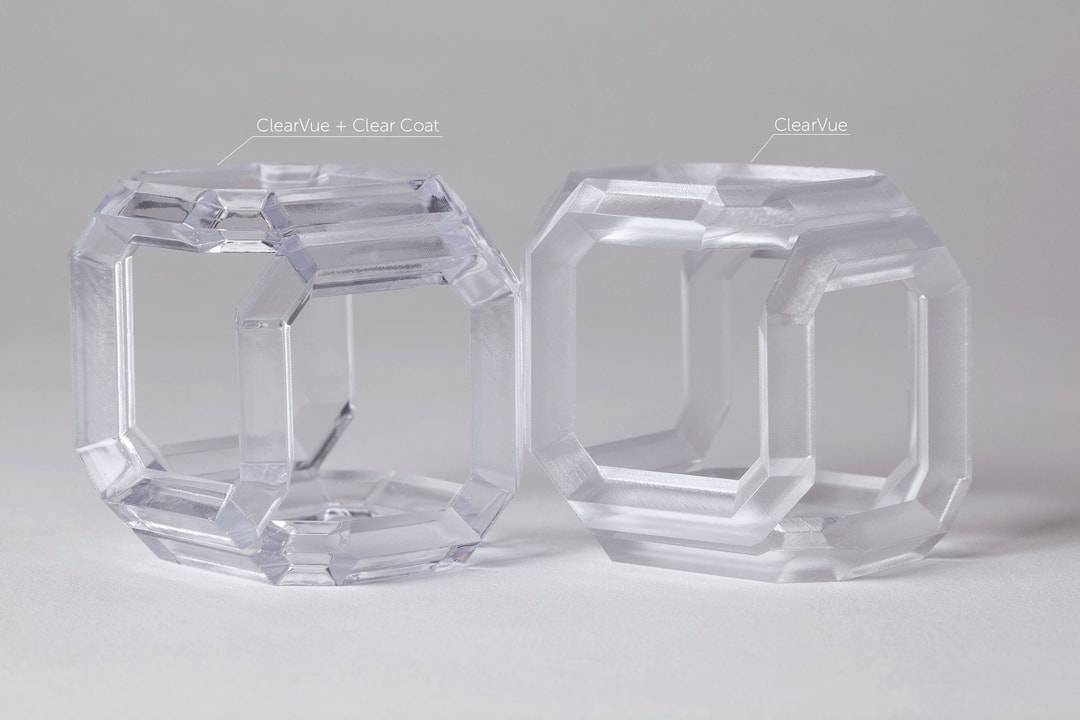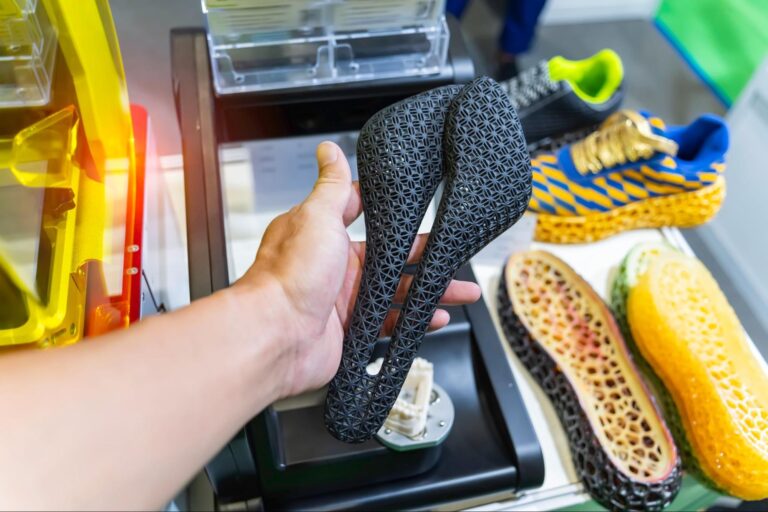Accura ClearVue is a transparent photopolymer resin used primarily in Stereolithography (SLA) 3D printing technology. Its main feature is its high optical clarity, making it suitable for applications where transparent or translucent parts are required. Here are some common applications for Accura ClearVue in 3D printing:
Optical Prototypes: Accura ClearVue is ideal for creating optical prototypes and models, including lenses, prisms, and light guides, for testing and validating optical designs.
Transparent Enclosures: It can be used to produce transparent or translucent enclosures and cases for electronic devices, displays, and sensors.
Lighting Components: Accura ClearVue is commonly used in the production of lighting components, such as clear light covers, lenses, and diffusers, for various lighting applications.
Automotive Lighting: In the automotive industry, Accura ClearVue is used to create clear lenses and covers for headlights, taillights, turn signals, and interior lighting.
Aerospace Components: The material’s optical clarity and durability make it suitable for aerospace applications, including windows, lenses, and sensor housings.
Medical Devices: Accura ClearVue can be employed to produce transparent components for medical devices, such as clear housings for diagnostic equipment, optical lenses, and prototypes for surgical tools.
Consumer Electronics: It is used in consumer electronics to create clear casings, covers, and screens for devices like smartphones, tablets, and wearable technology.
Prototyping and Design Validation: Engineers and product designers use Accura ClearVue to create transparent prototypes for design validation, especially when evaluating the visual aspects of a product.
Architectural Models: Accura ClearVue can be used in architectural models where transparency is necessary, such as windows and facades in scaled-down building representations.
Display Models: It is employed to create clear and translucent models and prototypes of displays, screens, and interactive exhibits.
Educational Models: Accura ClearVue is used in educational institutions to create models for teaching and illustrating optical concepts and principles.
Fluid Visualization Models: In scientific and engineering research, Accura ClearVue can be used to create transparent models for visualizing fluid flow, heat transfer, and other phenomena.
Microfluidics: It is suitable for manufacturing microfluidic devices used in various research and medical applications.
Art and Sculptures: Artists and sculptors use Accura ClearVue to create clear or translucent art pieces and sculptures that rely on optical effects.
Custom Optics: Accura ClearVue can be used to prototype custom optical components, such as prisms, lenses, and light guides.
Accura ClearVue’s exceptional optical properties, including high clarity and transparency, make it a valuable material for applications where visual appearance and light transmission are critical. Post-processing steps, such as polishing or coating, may be necessary to achieve the desired optical finish.
without clear coat post-process, printed part may have frosted appearance










